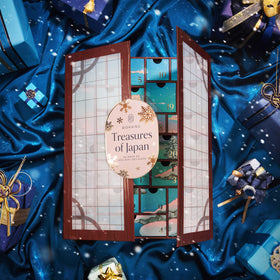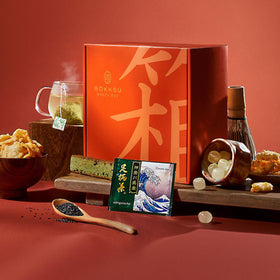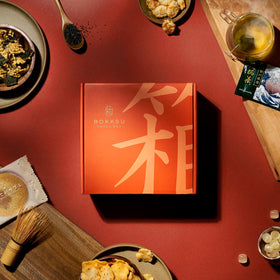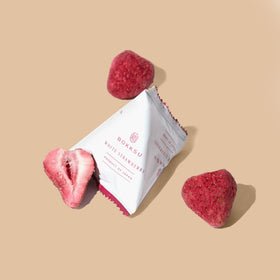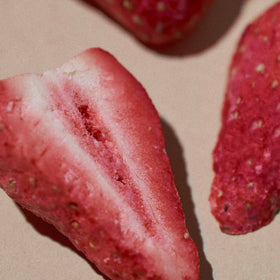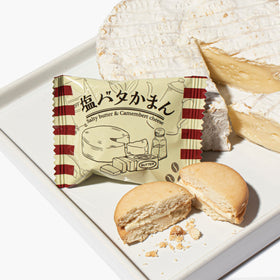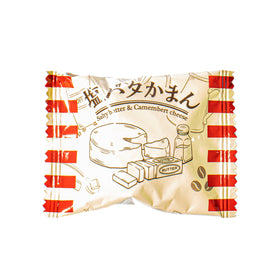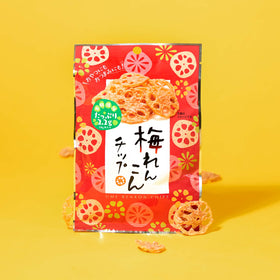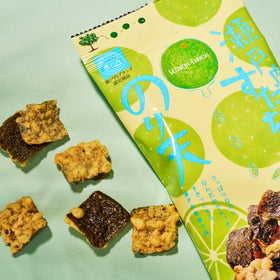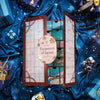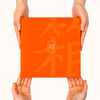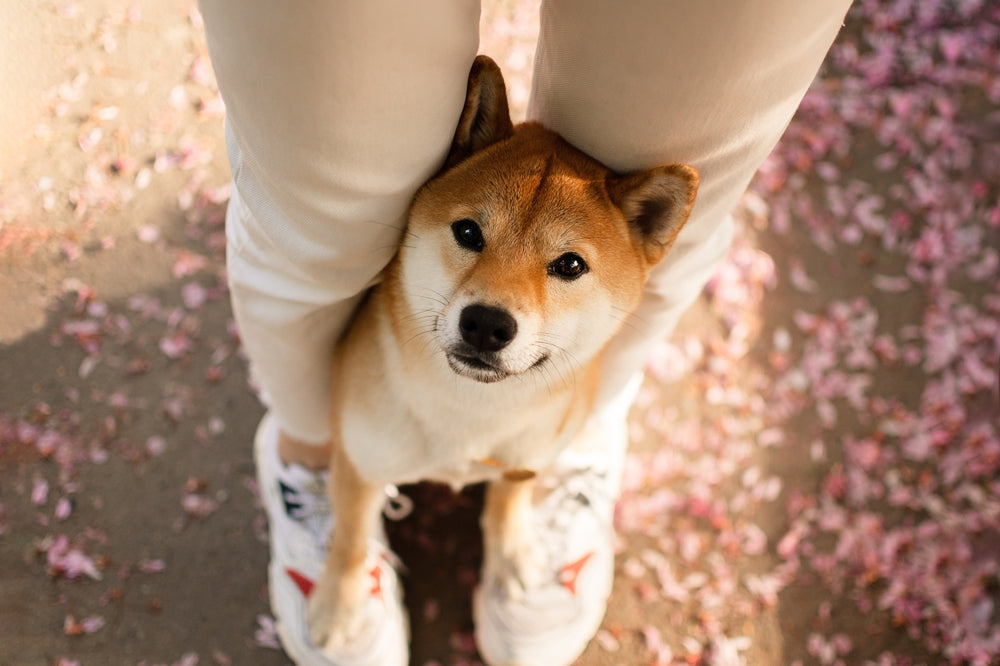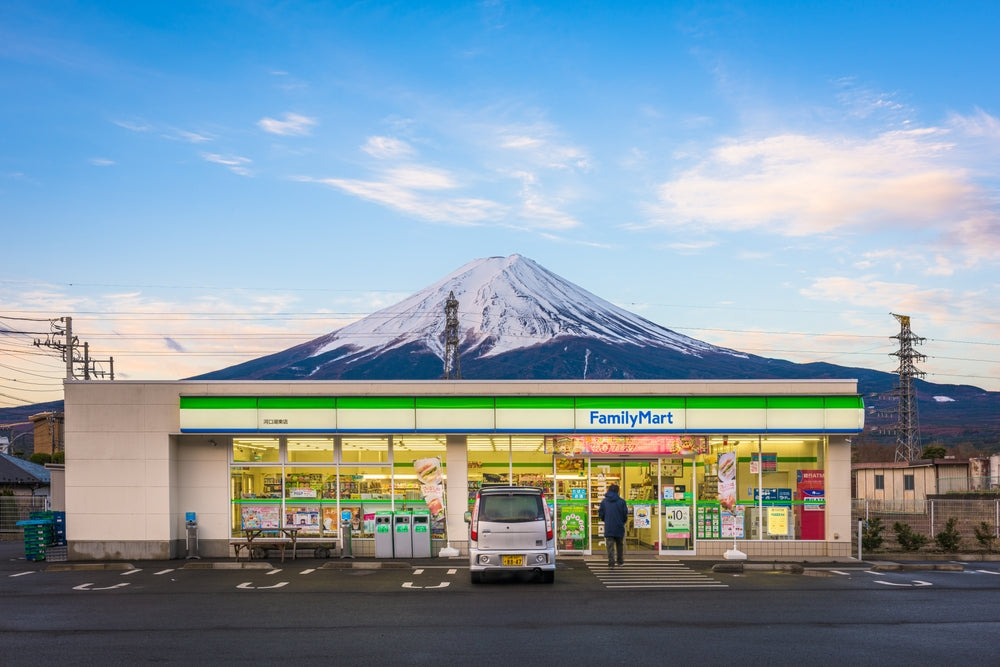The Art of Washi: How Japan’s Handmade Paper Became a Symbol of Timeless Beauty
What’s so special about washi paper? It seems to be one of the most cherished cultural artifacts globally. Read this post to find out why this specialty material from Japan could become the future of global design.
Why Washi Still Captivates the World

Washi, Japan’s handmade paper, has existed for over a thousand years. Generations have long admired its strength, beauty, and connection to nature. However, it didn’t gain global popularity until the early 21st century. In 2025, washi’s timeless appeal has found new life in modern design, sustainable gifting, and artisan packaging.
As part of Bokksu’s holiday celebration, this beloved material takes center stage in our limited-edition Washi Box. We’ve created a collectible that beautifully blends tradition and craftsmanship. This post explores the story behind washi, its artistic value, and how Bokksu’s Holiday Gift with Purchase Campaign brings this cultural treasure to life.
What Is Washi? The Heart of Japanese Paper Art

“Washi” (和紙) is a traditional Japanese handmade paper. It literally means “Japanese paper” in English, but it represents far more than that. Known for its exceptional strength, flexibility, and beauty, washi plays a major role in Japanese arts and crafts.
The Role of Washi Paper in Traditional Crafts
The paper is handmade from the fiber of plants like mulberry and mitsumata. It has been in use for centuries in calligraphy, lantern-making, painting, textiles, kimono-shaped cloths, and even interior design (room dividers, sliding doors, etc.). Handmade washi paper is in no way flawless. In fact, part of its appeal lies in its simplicity and imperfection. It embodies the Japanese philosophy of wabi-sabi, which finds beauty in transience and flaws. Washi has recently seen a major revival in global design trends, as more people recognize its eco-friendly qualities and minimalist elegance.
A Brief History: Washi Through the Ages

Washi’s roots in Japan trace back to the 7th century, following the introduction of paper from China. Japanese people improved the Chinese method of making paper in the Heian period (794-1185). This newer method was called nagashi-suki, and it involved the addition of mucilage to create stronger paper.
Heian Period Washi
Paper produced in this era became an art form cherished by emperors, artists, and craftsmen. It was traditionally used in Shinto shrines as a form of decoration during religious ceremonies. Nobles and members of the royal court also used it alongside silver and gold leaves to decorate books. Washi became an important part of the daily lives of many people.
Muromachi Period (14th to 16th century)
At this stage, the samurai class had become enamored with the beautiful paper. They used it to create ceremonial and recreational origami, the Japanese paper-folding art. Washi became popular at samurai weddings and even appeared in gift-giving ceremonies.
Edo Period (17th to 19th century)
Families passed down secrets to making washi through generations, producing region-specific styles like Mino, Echizen, and Tosa washi. At some point in the 17th century, Echizen Washi played a major role in the country’s banking system. It was used to create the first-ever domain-exclusive currency in Japan. Washi also featured heavily in ukiyo-e woodblock, book printing, and decorations for Japanese tea ceremony rooms. In Edo (now Tokyo), prominent artists and printmakers like Katsushika Hokusai found creative uses for washi in their work.
Washi in Modern Times
Japanese local artisans have been modernizing the washi-making process since the Meiji period of 1868-1912. They now mix other natural resources, such as straws, pulp, and bamboo, to create innovative versions of the paper. Modern machines have also made mass production of washi paper possible. However, you can still find many handmade versions developed in Japan, particularly in Mino City (Gifu Prefecture), Hamada City (Shimane Prefecture), and Ogawa Town (Saitama Prefecture). Today, UNESCO recognizes washi craftsmanship as an Intangible Cultural Heritage, protecting the traditional techniques that inspire Japan’s modern aesthetics.
The Craftsmanship Behind Every Sheet

True washi is made by hand in a process that can take days. Although there are various techniques in existence, here’s a breakdown of the typical traditional method:
-
Extraction of long fibers from the paper mulberry plant. Craftsmen may also use mitsumata, kozo, or gampi fibers.
-
Soaking of the fibers in cold running water from the river. The cold weather prevents decomposition and gives the paper a crisp texture.
-
Steaming the plant fibers.
-
Removal of impurities by hand.
-
Carefully layering and pressing the purified fibers into washi sheets.
Washi Paper-Making as an Art Form
Each sheet bears the maker’s signature texture and slight variations, making sure that every piece is unique. This dedication to quality and imperfection mirrors the care Bokksu puts into curating its snack and gift boxes. Every item that goes in the box tells its own story of regional craft and flavor.
The Bokksu Washi Box: A Celebration of Japanese Craftsmanship

This holiday season, Bokksu introduces the Limited-Edition Washi Box, an elegant keepsake inspired by the textures and colors of Japanese handmade paper. Crafted with authentic washi from Japan, this exclusive box is perfect for both collectors and culture lovers. It highlights the artistry of Japan’s traditional paper-making while offering a fresh, modern twist on gifting.
The soft, tactile, and elegant patterns on the premium washi box fully capture the spirit of Japanese craftsmanship. Use it as an ideal, aesthetic holiday gift for yourself or someone special.
Holiday Gift With Purchase: How to Get Your Washi Box

As 2025 draws to a close, Bokksu invites you to celebrate Japan’s artistry with a special Gift With Purchase (GWP) campaign for new subscriptions. Here’s how it works:
Subscribe to a 6-month or 12-month plan and enter the code HOLIDAY25 at checkout to receive your first set of curated snacks in the optional Washi Box. You will also get bonus gifts:
-
Subscribe to a 3-Month Plan: receive 1 pair of Hashi (Japanese chopsticks) but no Washi Box
-
Subscribe to a 6-Month Plan: receive 2 pairs of Hashi (Japanese chopsticks) with Washi Box
-
Subscribe to a 12-Month Plan: receive 1 Tenugui (Japanese hand towel) + 2 chopstick rests + 2 Bokksu chopsticks with Washi Box
The content of your Japanese snack box will depend on your existing status with the Bokksu family.
-
If you’re a new subscriber, you will receive the Seasons of Japan box as your first delivery.
-
If you’re a returning subscriber, you will receive the Monthly Collection Box — November: Senses Awaken or December: Japan Snow Viewing.
For a limited time only, you can choose to have your snacks in a washi box and receive bonus gifts. Follow the campaign details above to get yours today: Choose a 6- or 12-month plan and use the code HOLIDAY25 at checkout!
Why Washi Belongs in Modern Gift Design

In a world of disposable packaging, washi stands out as both sustainable and luxurious. It has a natural texture and organic feel that appeals to eco-conscious designers and gift-givers alike.
The Bokksu Washi Box takes this heritage material and transforms it into a collectible piece of functional folk art. You can keep it long after the sweets are gone! Use the box to express modern Japanese omotenashi, the spirit of giving with heart and intention.
The Cultural Meaning of Gifting with Washi

Washi is a popular gift-wrapping material, valued for both its beauty and cultural significance in daily use. In Japanese culture, how you wrap a gift matters as much as what’s inside it. The more exquisite the wrapping, the more respectful and thoughtful your gift appears. Washi’s tactile, handcrafted nature conveys sincerity and reflects care between giver and receiver.
Through the Bokksu Washi Box, you can share in that same sentiment. Use it to package a gift that carries both meaning and beauty.
How Washi Inspires Bokksu’s Holiday Aesthetic

Bokksu’s 2025 holiday collection draws inspiration from the elegant simplicity of washi design. This year, we layer textures, subtle hues, and delicate patterns to evoke warmth and refinement. And it’s not just about the packaging. Each snack and keepsake is an example of quiet luxury, inspired by Japan’s rich design heritage.
The Washi Box captures this aesthetic perfectly. With it, you get to experience a tangible connection between traditional Japanese paper-making and modern gifting culture.
Bringing Japan Home with Bokksu

Whether you’re exploring Japanese snacks for the first time or you’re a returning subscriber, Bokksu brings the heart of Japan’s craftsmanship to your home. Each monthly box tells a story, from seasonal flavors to traditional design. You’ll get to experience the beauty of Japan through taste, texture, and art without having to travel.
The Washi Box and holiday gift campaign are a celebration of everything Bokksu stands for: cultural connection, artisanal excellence, and the joy of sharing. Get a Bokksu Snack Box subscription today to enjoy beautifully packaged, authentic treats from Japan.
Author Bio




